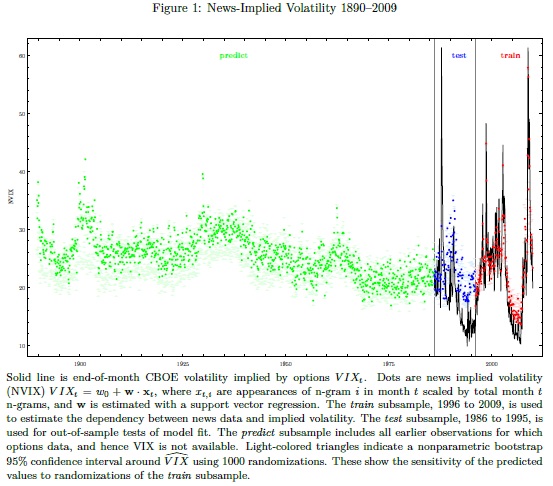Video Presentation for Bear Market Strategy
We have a new Youtube video + online presentation for all people who liked our short article about the commodity strategy which can be used as a hedge / diversification during bear markets …
Youtube video:
Online presentation:
"
Are you looking for more strategies to read about? Check http://quantpedia.com/Screener
Do you want to see the performance of trading systems we described? Check http://quantpedia.com/Chart/Performance
Do you want to know more about us? Check http://quantpedia.com/Home/About
Follow us on:
Facebook: https://www.facebook.com/quantpedia/
Twitter: https://twitter.com/quantpedia
Youtube: https://www.youtube.com/channel/UC_YubnldxzNjLkIkEoL-FXg

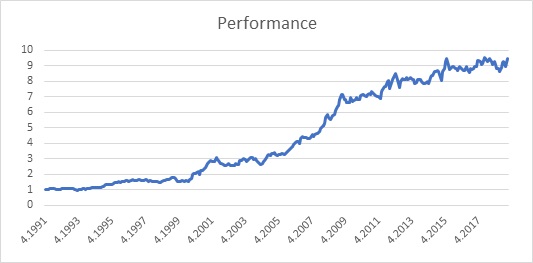
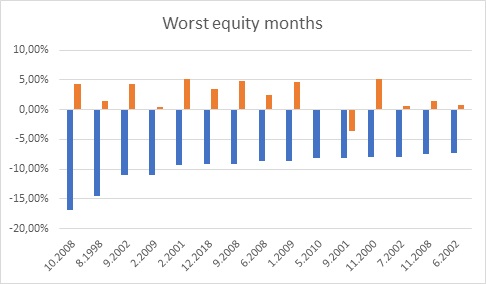
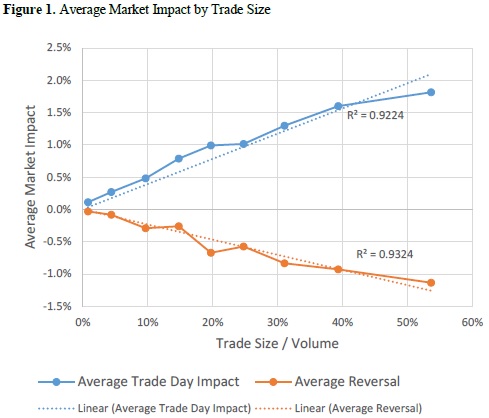
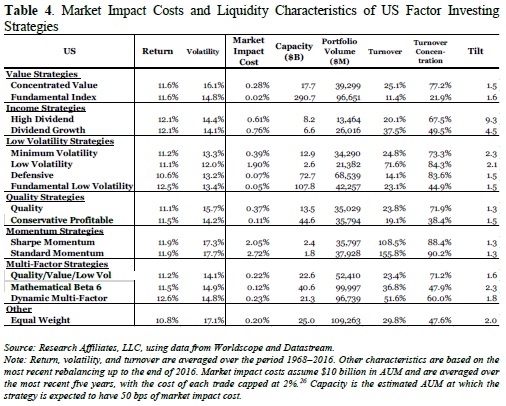
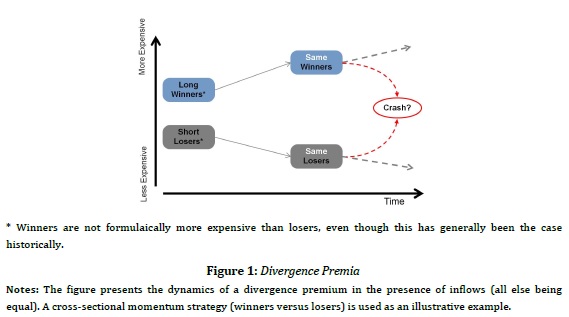
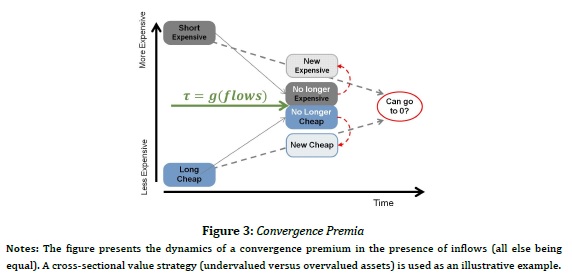
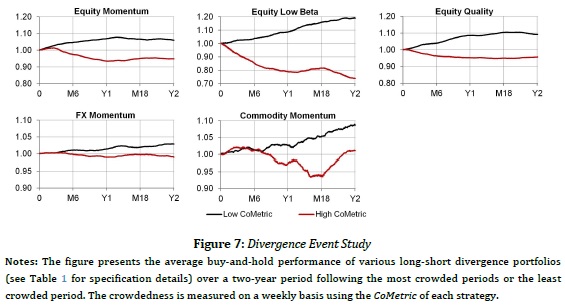
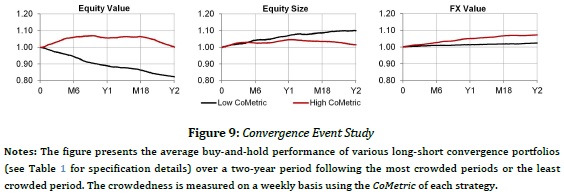 "
"